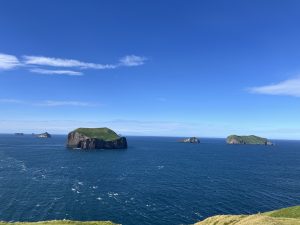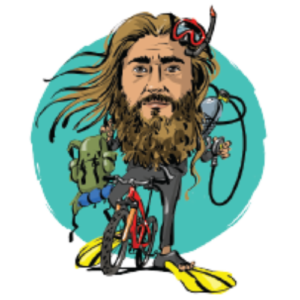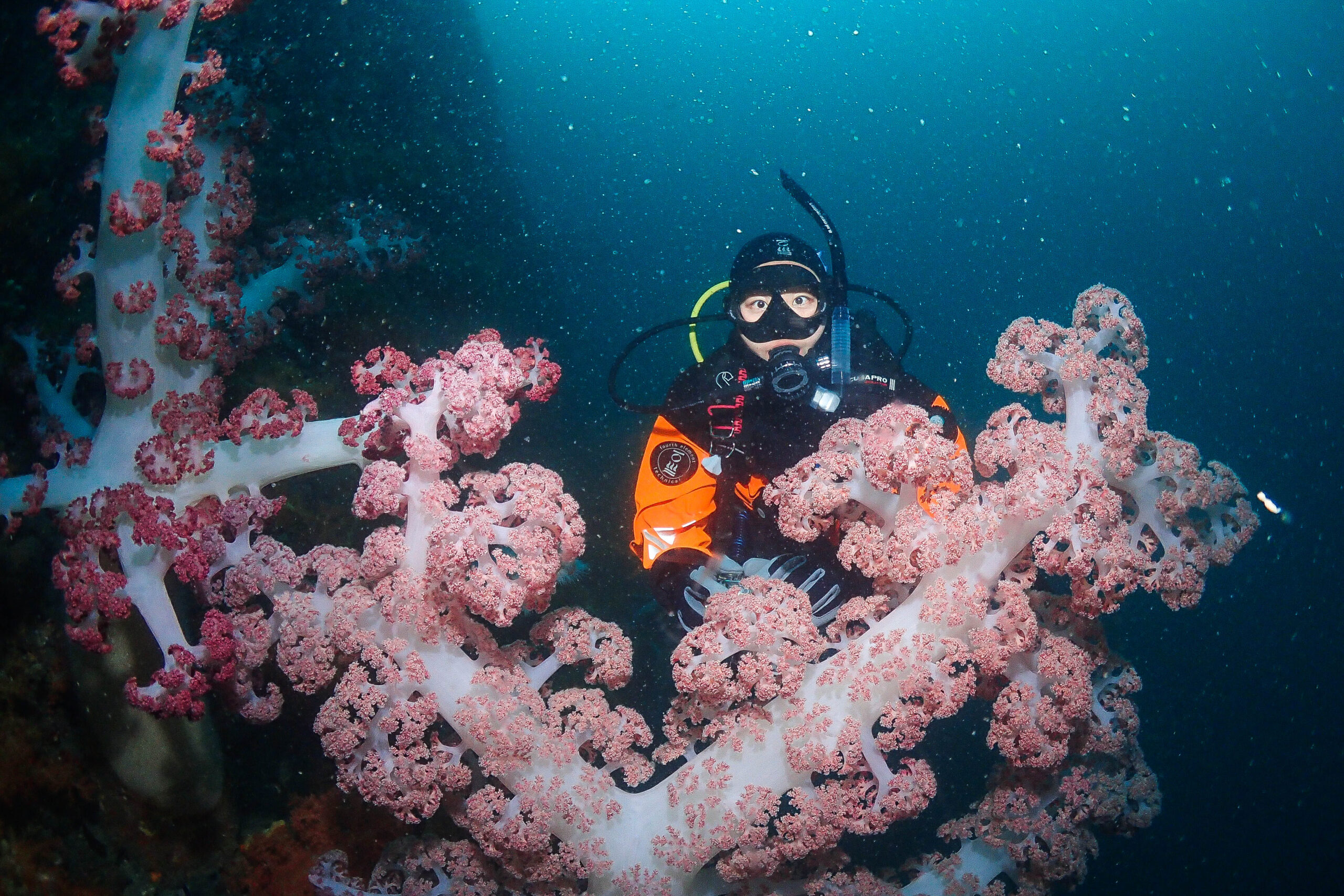Located on the western tip of Roatán Island in Honduras, Gumbalimba Park is one of those rare places where nature, history and adventure come together beautifully. This is not a zoo, but a sanctuary. It is a green rehabilitation center where animals live freely and visitors are just guests in their world.

I would like to emphasize that the creatures here are not captives. In many parts of the world, zoos have been replaced by Rehabilitation Centers. However, many of these centers are no different from zoos. They continue to exhibit captive animals for their commercial interests and continue the exploitative system.
A beautiful day on the island of Roatan. After a stormy night all diving was canceled. While thinking about how to spend the day Gumbalimba, which I had planned for a long time came to my mind. I wanted to give a chance to this park that I was both curious and skeptical about.

A Brief History of Gumbalimba Park
Gumbalimba Park opened its doors in the early 2000s with a simple but powerful mission: Conservation and Education. Named after the indigenous Gumbalimba tree, the park was designed not as a commercial zoo but as a natural sanctuary where animals can live in a protected but untamed environment.
The founders wanted visitors to connect with Honduras’ rich biodiversity while respecting the balance of wildlife and habitat. And they have succeeded beautifully.
The owner donated the land on the condition that it would be used in a way that would protect the wildlife. He still lives in a small house on the land.

Meet the Locals – Wildlife in Gumbalimba
We learned that we had entered the park thanks to the guards who welcomed us because there are no walls, bars or fences.
When you walk along the shady forest paths, you will encounter curious eyes. Most of the time you won’t even realize which creatures these eyes belong to.


Capuchin Monkeys – Perhaps the most iconic inhabitants of the park, these cheeky, intelligent monkeys roam freely among the trees. If they are feeling sociable, they may jump on your shoulder if they are in a good mood. Or if they like your hat… 🙂 It is strictly forbidden to feed the monkeys. Because feeding wild animals changes their eating habits and makes them lazy. They get used to ready food and become domesticated. This is a situation we don’t want. These monkeys are not forced to interact with humans, but only if they want to.
I learned that the monkeys here often explore the forest, sometimes finding new settlements and not coming back. Sometimes they come back after short trips.

Parrots and Macaws – Most of the birds here are rescued and rehabilitated. Some of them used to be pets and are being rescued and reintroduced back into the wild. Others have come from harsher environments such as zoos and are now enjoying their new natural home.


Keep your eyes open for slow-moving sloths nesting in trees, iguanas sunbathing on hot rocks and even turtles. It’s like stepping into a real-life nature documentary.
I asked why most of these animals prefer to stay here. When this place was first established, the aim was to treat injured animals and release them back into the wild. But instead of going far away, they started to establish colonies in this neighborhood. So this place became their home.

The park also offers some history and culture. A replica of a pirate cave that tells the story of Roatán’s rowdy past. Suspension bridges, botanical gardens and natural trails. A beach area perfect for relaxing after your walk in the jungle.


If you find yourself in Roatán, don’t skip Gumbalimba Park. It’s more than just a stop on the map, it’s a reminder of how beautiful life can be when animals and people live in mutual respect.
This is not a zoo. This is a place where monkeys swing freely, parrots sing above your head and nature is just… alive.
Come with doubt. Leave with joy




